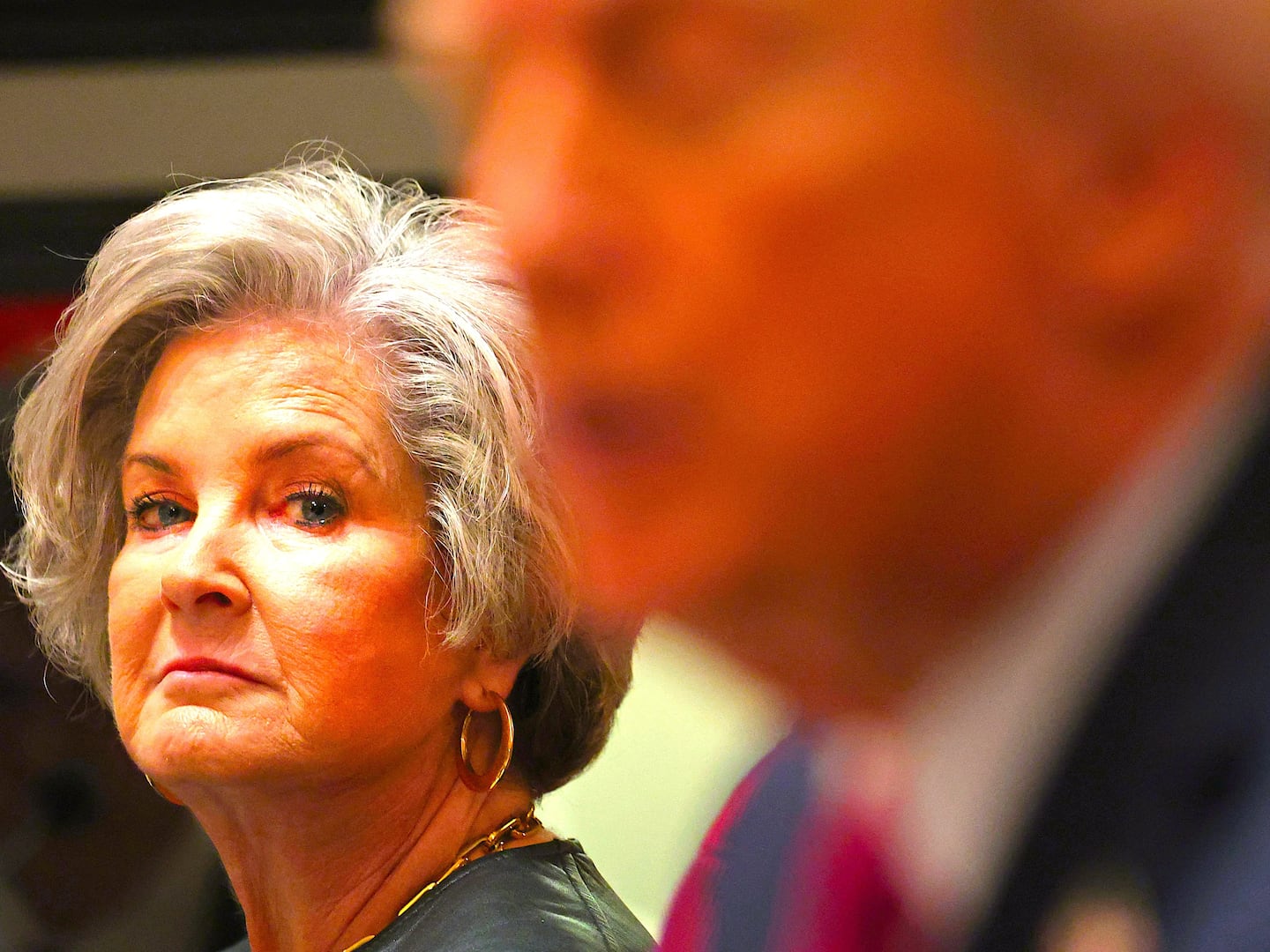In epidemic disaster movies, two things happen: a lot of people die, and a small cluster of important people vital for the survival of the human species are placed in a special quarantined bunker or ark. Among these VIPs are heads of state, the wealthy, and people with special skills: usually scientists, engineers, and doctors. Not listed? People with degrees in the humanities. But this might be about to change.
When we look at the future, there are all kinds of apocalyptic scenarios on the horizon: global warming, water shortages, nuclear war with Russia, terrorism, a Trump victory in November—all potential precursors of the end times. Among the worst of these is the rise of drug-resistant bacteria, a development that promises to plunge us back into the pre-modern world.
Just recently a new superbug—colistin-resistant E.coli—arrived in the U.S. Its arrival was over-reported, but the truth is that there is a post-antibiotic apocalypse coming, and at some point in the not-too-distant future we will lose the ability to treat certain infections. Antibiotic resistance has been a problem from the beginning: penicillin resistance was first recorded in the 1930s, only two years after the discovery of penicillin. It is estimated that by 2050 antibiotic-resistant infections will kill 10 million people annually.
In the spirit of full disclosure, I should admit that I worry about this more than most people: I’m a kidney transplant recipient and take immune-suppressants. This means I get a lot of infections and count Alexander Fleming as my patron saint. I realize that I’d die in the first fifteen minutes of an epidemic disaster movie and—if possible—I’d like to make it at least halfway through.
Now of course there are precautions to be taken: keep your kids away from anti-vaxxers, wash your hands thoroughly, stockpile Purel, and finish the entire course of antibiotics you are prescribed even if you already feel better and it’s impacting your social life by rendering you a tee-totaler. Unlike zombie apocalypses, there aren’t many how-to TV shows focusing on the nuts and bolts of surviving the apocalypse. But there are handbooks—medical handbooks, to be precise, from before the dawn of penicillin, that offer a glimmer of hope. Can people from the pre-antibiotic world help us survive the age of the superbug?
It’s easy to read pre-modern medical handbooks for the cheap laughs and sense of horror; many of the cures fall somewhere between ancient hipster and elaborate torture. Popular ancient medical thought maintained that cabbage was the cure for just about anything. And in his Epidemics, arguably the most famous doctor in human history—Hippocrates of Cos—prescribes vomiting for contagious fevers. No one knows if the patients would have lived without his well-intentioned interventions, but we tend to think of dehydration as a bad thing.
There are other cures, however, that may have something to them. A recent collaboration between the University of Nottingham’s English department and their Center for Biomolecular Sciences revealed that Dark Ages medicine might be more effective than we thought. A 1,000-year-old Anglo-Saxon remedy for eye infections lifted from the pages of a manuscript in the British Museum was used to successfully kill the modern-day superbug MRSA. The team recreated the 10th-century ointment from Bald’s Leechbook and discovered that it truly is a potent antibacterial.
MRSA (Methicillin-resistant Staphylococcus aureus) is an antibiotic-resistant “superbug” that is costly and difficult to treat. Often MRSA is picked up by patients during hospital stays, and it can cause a variety of medical problems, from skin infections to sepsis, pneumonia, and bloodstream infections. The statistics are also troubling: in the United States about 90,000 Americans contract invasive MRSA annually, and of them about 20,000 die. If you’re counting, that means that MRSA kills more people each year than AIDS.
Other less straightforwardly medical hope can be found in the work of South Carolina mushroom farmer Tradd Cotter. As described in a recent article in the Atlantic Monthly, Cotter is hoping to grow mushrooms that can act as medicine for sick people. Having noticed how one of his mushrooms produced tailor-made metabolite (an antimicrobial weapon that allows the fungus to defend itself against aggressive contaminates), he wondered if he could harness that ability for modern medicine. The jury is still out on the science, but as penicillin itself is a fungal metabolite, it seems possible that he is on to something.
It would be truly miraculous if a medieval ointment could reduce deaths from MRSA or the humble mushroom could yield new technologies for antibiotic development. Researchers around the world are constantly working to develop newer and stronger antibiotics, but who knows what other cures are hiding in medieval manuscripts and local vegetable patches? A doctorate in Medieval Studies is looking a lot more practical.






